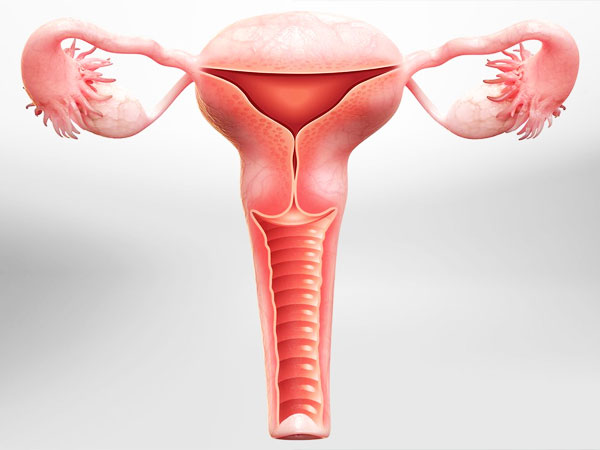
A hysterectomy is an operation to remove a woman's uterus (womb). The uterus is where a baby grows when a woman is pregnant. In some cases, the ovaries and fallopian tubes also are removed. These organs are located in a woman’s lower abdomen. The cervix is the lower end of the uterus. The ovaries are organs that produce eggs and hormones. The fallopian tubes carry eggs from the ovaries to the uterus.
Complete or total : Removes the cervix as well as the uterus. (This is the most common type of hysterectomy.)
Partial or subtotal : Removes the upper part of the uterus and leaves the cervix in place.
Radical : Removes the uterus, the cervix, the upper part of the vagina, and supporting tissues. (This is done in some cases of cancer.)
Often one or both ovaries and fallopian tubes are removed at the same time a hysterectomy is done.
If you haven't reached menopause (when you haven't had a period for 12 months in a row), a hysterectomy will stop your monthly bleeding (periods). You also won't be able to get pregnant. And you may have menopausal symptoms, such as hot flashes and vaginal dryness. If both ovaries are removed as well, you will suddenly enter menopause.